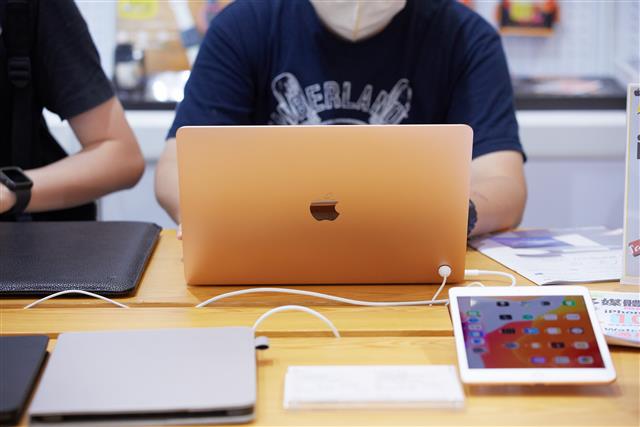The irony of praising Air's screen as major selling point when it had a sub-par screen for multiple years is priceless and shows just how uninspired this "don't tell me what people want in a computing device" idea really is. The Air changed massively over the years in terms of what it offers, yet it still caters to the same consumer group.
In the first years of existence the Air did something incredible in the market: it beat the thin and light PC in... value. Windows based laptops simply couldn't properly match the features of the Air at similar price points, it took them quite a while to adjust. So remember that, the Air made it's name based on convenience and value. Not ultra-rich screens, not ultra-performance, not ultra-connectivity. Just imagine dismissing that value Air had based on screen quality or the connectivity it obviously lacked in many iterations.
Devices offer a set of features for a certain price. If it's not obvious that these can be readily converted into value for the consumer, then maybe we should just stick to commenting tech like we comment fashion, in which case this entire thread based on evaluating the value of ARM in consumer Apple devices is pointless. If we like Intel, we should wear Intel. If ARM is the latest trend, maybe some brand new Apple silicon should get the spotlight.
I just bought a 14" Lenovo laptop for less than half the price of a Macbook Air. It has a 300nit 1080p IPS screen, 6c CPU, 16GB of RAM, USB-C and USB-A ports, excellent keyboard and good trackpad. I knew from the moment of purchase that the IPS screen on this device does not cover sRGB space, but I also know people like my friend who will use this device don't really care for this as much as I would. Lenovo hit the perfect thresholds with this device, and it shows as it is being widely recommended by reviewers.
Remember, half the price for a good device, not some fundamentally flawed junk.
It's ok if you choose to buy into the Apple ecosystem (for convenience, integration, design, status, you name it), but don't pretend this choice invalidates objective value comparisons. It will only bite you back when you least expect it.
"Like a dual-core in a $900 device is a joke. " - this is where you fall on your face with this discussion , this is EXACTLY why they are leaving Intel behind , they cannot put a better CPU in this chassis without compromising the design of the machine
You're the one falling on your face with this argument as the more expensive device with the exact same chassis accommodates a 4c/8t CPU with significantly higher performance. Base Apple Macs are notorious for offering poor performance options to drive up margins (and upselling). The cheapest iMac with a dual-core and mechanical HDD is an even more tragicomical example.



